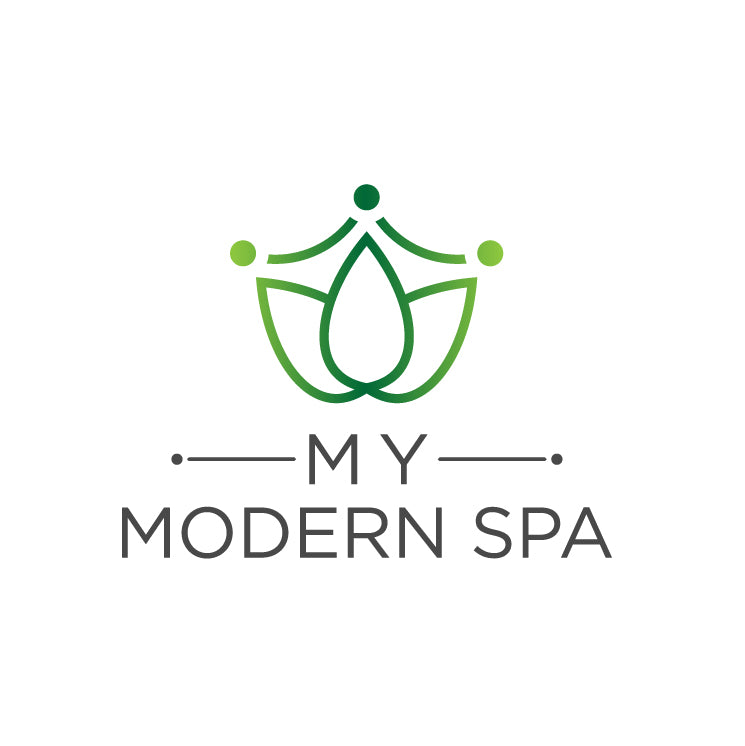Red light therapy has emerged as a promising modality for various health and wellness applications. From skincare to pain management, its purported benefits have garnered attention, leading many to consider integrating it into their daily routines. One significant debate revolves around whether individuals should invest in their own red light therapy devices for home use. We'll delve into the benefits, ethical considerations, and practical implications of owning a personal red light therapy device.
Understanding Red Light Therapy
Red light therapy, also known as low-level laser therapy (LLLT) or photobiomodulation (PBM), involves exposure to low levels of red or near-infrared light. This non-invasive treatment is believed to stimulate cellular function, leading to a range of potential benefits, including improved skin health, reduced inflammation, enhanced muscle recovery, and pain relief. Its mechanisms involve the activation of mitochondrial function, increased circulation, and modulation of cellular signaling pathways.
Pros of Having a Personal Red Light Therapy Device
Convenience and Accessibility
One of the primary advantages of owning a red light therapy device at home is convenience. Individuals can incorporate sessions into their daily routines without the need to travel to a clinic or spa. This accessibility encourages consistent use, maximizing the potential benefits over time.
Cost-Effectiveness
While professional red light therapy sessions can be costly, investing in a personal device can be a more economical long-term solution. Although the initial purchase might require a significant investment, the absence of recurring session fees can result in savings over time, especially for individuals who utilize the device frequently.
Privacy and Comfort
For some individuals, the privacy of home-based treatment sessions is preferable to clinical settings. Owning a personal device allows users to undergo therapy in the comfort of their own space, free from the potential discomfort or self-consciousness associated with public treatments.
Tailored Treatment Plans
Having a red light therapy device at home enables individuals to customize their treatment plans according to their specific needs and preferences. Whether targeting skin conditions, managing pain, or enhancing athletic performance, users have the flexibility to adjust parameters such as duration, frequency, and targeted areas.
Long-Term Health Maintenance
Regular use of red light therapy has been associated with numerous health benefits, including improved skin texture, reduced joint pain, and enhanced recovery from injuries or workouts. By incorporating this modality into their daily routines, individuals may support long-term health maintenance and overall well-being.
Ethical Considerations and Practical Implications
In the context of personal red light therapy devices, ethical considerations encompass various factors, including accessibility, safety, and informed consent. Ensuring equitable access to effective and safe devices is essential to promote health equity and prevent disparities in healthcare delivery. Additionally, manufacturers and distributors have a responsibility to provide accurate information, transparent labeling, and user guidelines to empower consumers to make informed decisions regarding their health and wellness.
One of the primary barriers to acquiring a personal red light therapy device is the upfront cost. High-quality devices can be expensive, potentially limiting access for individuals with financial constraints. While the long-term savings may outweigh the initial investment, affordability remains a concern for some.
The decision to invest in a personal red light therapy device entails careful consideration of practical implications, including financial resources, treatment objectives, and lifestyle factors. Individuals should weigh the potential benefits against the costs and challenges associated with device ownership. Moreover, consulting healthcare professionals can provide valuable guidance and personalized recommendations based on individual health needs and goals.
Choosing to have a personal red light therapy device at home is multifaceted, involving considerations of convenience, cost-effectiveness, safety, and ethical implications. Research has proven that red light therapy is safe and does not pose health risks. While owning a device offers benefits such as accessibility, privacy, and tailored treatment options, it also poses challenges related to upfront costs, quality assurance, and the absence of professional guidance. Ultimately, individuals must evaluate their priorities, resources, and health objectives to determine whether integrating red light therapy into their home routines aligns with their overall wellness goals. With proper research, education, and responsible use, personal red light therapy devices can serve as valuable tools for promoting health and vitality in the comfort of one's own space.

